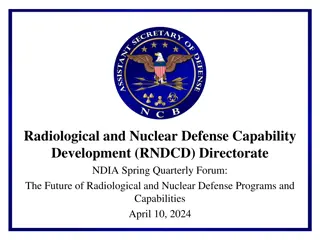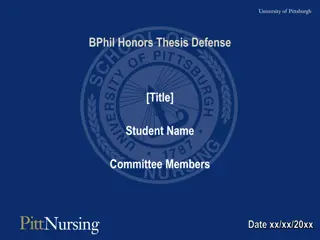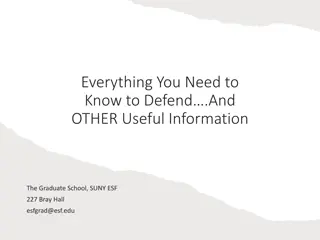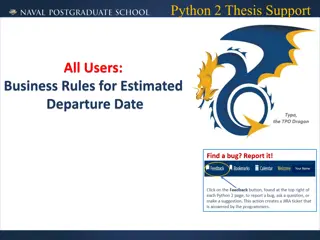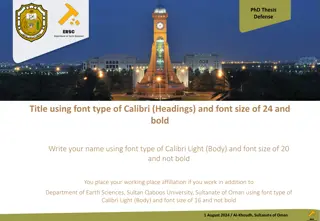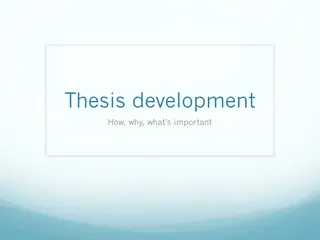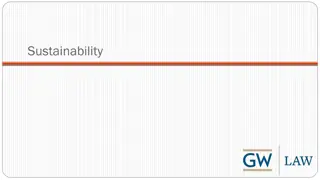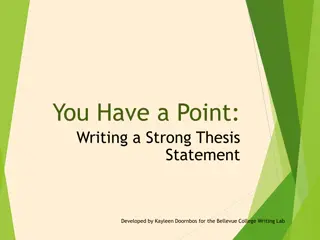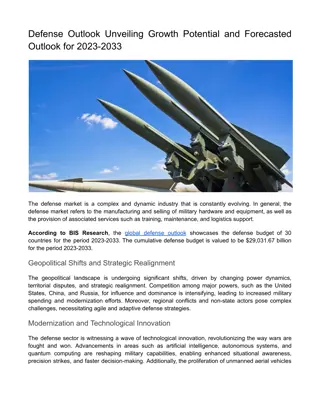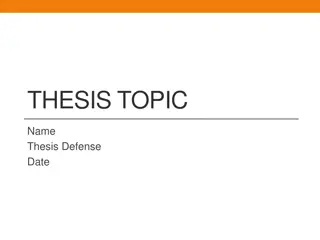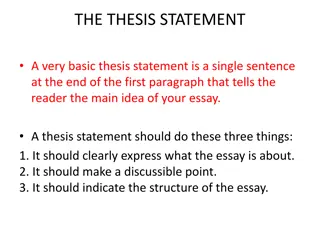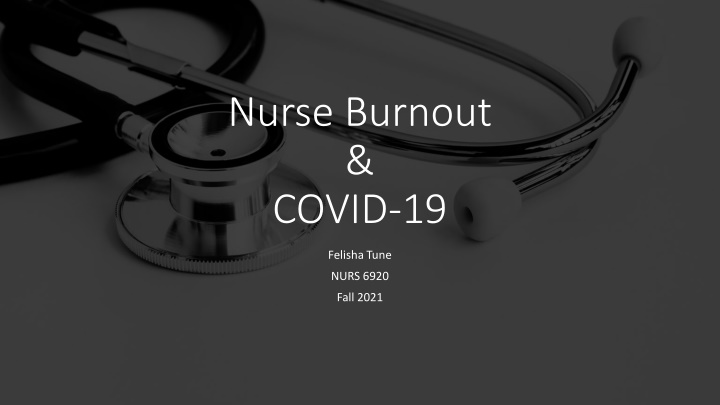
Nurse Burnout During the COVID-19 Pandemic
Explore the impact of the COVID-19 pandemic on nurse burnout levels, with a focus on frontline healthcare workers. Learn about the contributing factors, interventions, and research findings related to nurse burnout in the hospital setting.
Download Presentation

Please find below an Image/Link to download the presentation.
The content on the website is provided AS IS for your information and personal use only. It may not be sold, licensed, or shared on other websites without obtaining consent from the author. If you encounter any issues during the download, it is possible that the publisher has removed the file from their server.
You are allowed to download the files provided on this website for personal or commercial use, subject to the condition that they are used lawfully. All files are the property of their respective owners.
The content on the website is provided AS IS for your information and personal use only. It may not be sold, licensed, or shared on other websites without obtaining consent from the author.
E N D
Presentation Transcript
Nurse Burnout & COVID-19 Felisha Tune NURS 6920 Fall 2021
Background Nurse burnout has been an ongoing issue in healthcare. The COVID-19 pandemic has placed a strain on healthcare workers, especially those nurses working on the frontlines of COVID-19 inpatient units. Nurses are exposed to occupational hazards, high levels of stress and forced to work with limited resources such as staffing and personal protection equipment. This puts nurses at a higher risk of suffering from physical, emotional and psychological burnout.
Background/Research Question What is the level of burnout among nurses working on COVID-19 units in the hospital setting?
Review of Literature Determination of Stress, Depression and Burnout Levels of Front-line Nurses During the COVID-19 Pandemic Authors: Merve Murat MSN, RN, Selmin Kose PhD, RN, Sevim Savaser PhD,RN The Threat of COVID-19 and its Influence on Nursing Staff Burnout Authors: Guadalupe Manzano Garcia, Juan Carlos Ayala Calvo The Exacerbation of Burnout During COVID-19: A Major Concern for Nurse Safety Author: Jacqueline Ross, PhD, RN, CPAN
Review of Literature The literature examines how the COVID-19 pandemic has exacerbated the burnout phenomenon in nursing. Social support from nurse leadership is shown to be an important intervention with combating nurse burnout The mental, social and physical health of nurses suffering from burnout is discussed The literature considers that there are several driving factors that contribute to nurse burnout during the pandemic
Methodology Simple descriptive research design was used to conduct this study on the levels of burnout experienced by nurses working on COVID-19 units. The Burnout Self Test Assessment is an adaptation of the Maslach Burnout Inventory was the instrument used to obtain data. The participants consisted of nurses that currently or have previously provided direct care to patients on COVID-19 units within the hospital inpatient setting.
Methodology Prior to conducting research, an IRB application was completed and submitted. Explained in detail how data will be collected and securely stored. Utilized Google Docs to administer survey questions Informed consent Demographic and survey questions required mandatory responses
Demographic Data 95% female 60% held a Bachelor of Science Nursing degree 50% had 5-10 years of work experience 57.5 % were employed as full-time staff nurses
Emotional exhaustion- the feeling of not being able to give anything to others on an emotional level Burnout Self- Test Personal accomplishment- a negative work- related self-evaluation Assessment Categories Depersonalization- an excessively detached attitude towards patients and low personal accomplishment/a negative work-related self-evaluation
This self assessment tool is a valid instrument created by Mind Tools (mindtools.com) 15 statements Not at all, Rarely, Sometimes, Often, Very Often Burnout Self- Test Assessment
Presentation of Data- Emotional Exhaustion I feel run down and drained of physical or emotional energy. 35% of nurses from the sample population agreed they felt this way very often.
Presentation of Data- Personal Accomplishment I feel that I am achieving less than I should showed a result of 50% of the sample population feeling this way sometimes.
Presentation of Data- Depersonalization 40% agreed to the statement I feel that organizational politics or bureaucracy frustrate my ability to do a good job very often.
Theoretical Framework Myra Levine s Conservation Model of Nursing Theory. the need for individuals to have a balance and a constant renewal of energy to maintain life activities. Levine s model describes conservation as a natural law that allows complex systems to continue to function even when they are severely challenged For nurses to function in a healthy productive manner energy renewal must take place, interventions must occur to allow for energy to support life functions, dynamic relationships must exist, and there must be a sense of self-worth and self-identity.
Suggestion for Future Nursing Research Larger studies conducted over a longer timeframe Limitations to this study included lack of male gender responses to the survey. Conducting a follow-up survey to note any changes in the level of burnout overtime.
Recommendations for Nursing Leadership Workplace empowerment Training for nursing leadership to recognize nurse burnout at early stages to prevent it from progressing. Allow nurses to self-schedule Consider the use non-clinical staff to carry out non-nursing tasks to reduce the burden of the nurse s workload Recognition from leadership and peers
Thank You Questions Or Comments?

